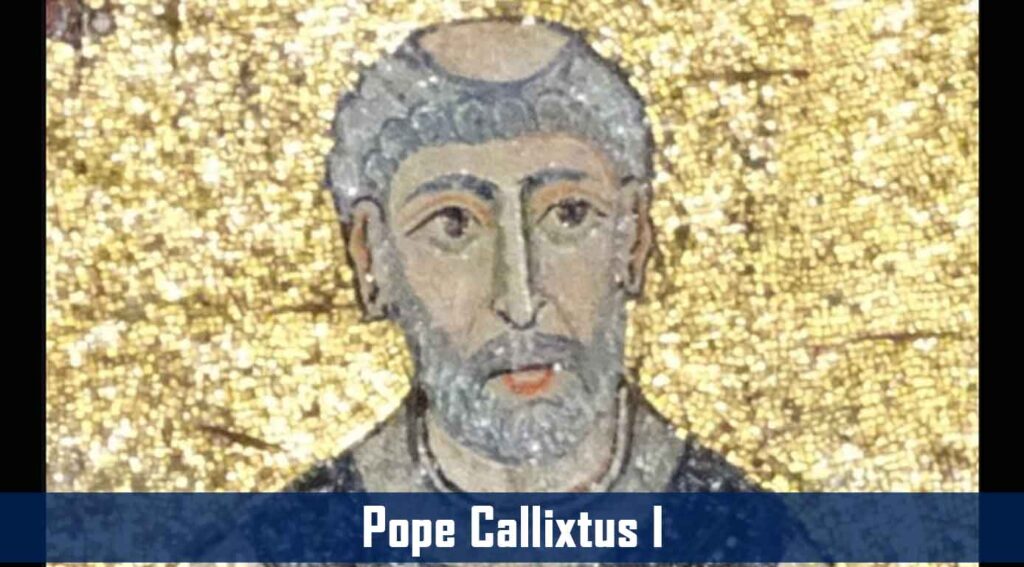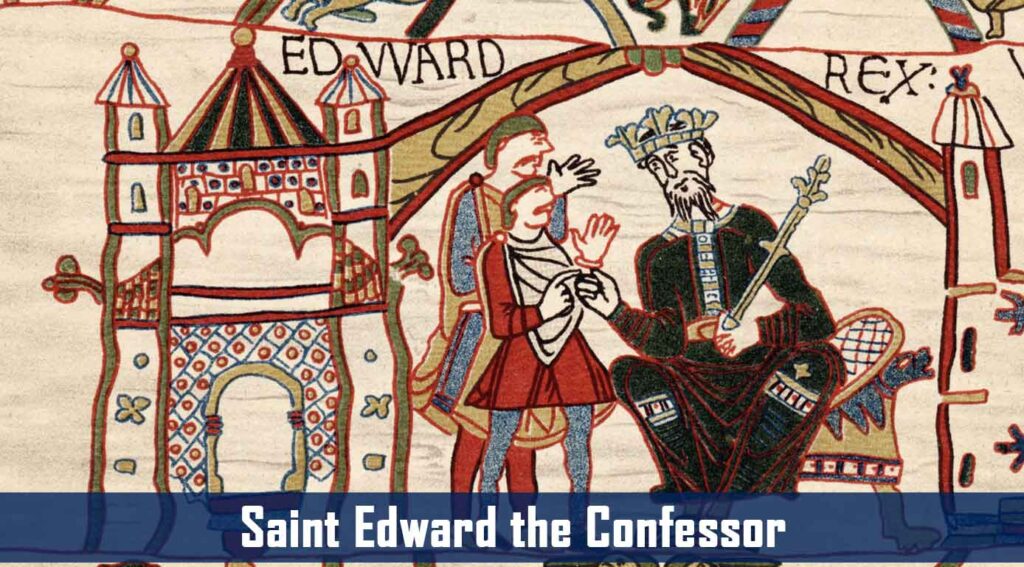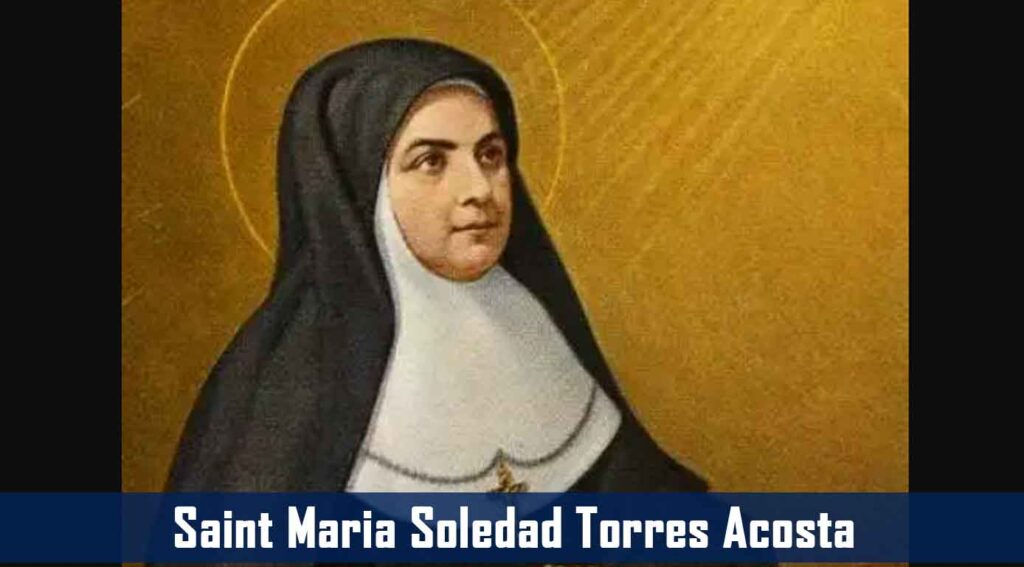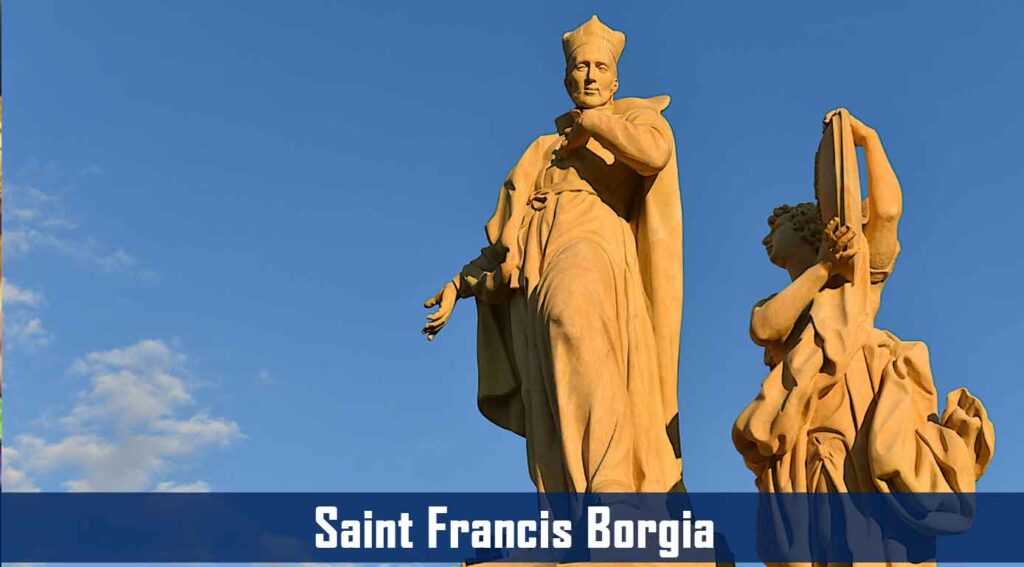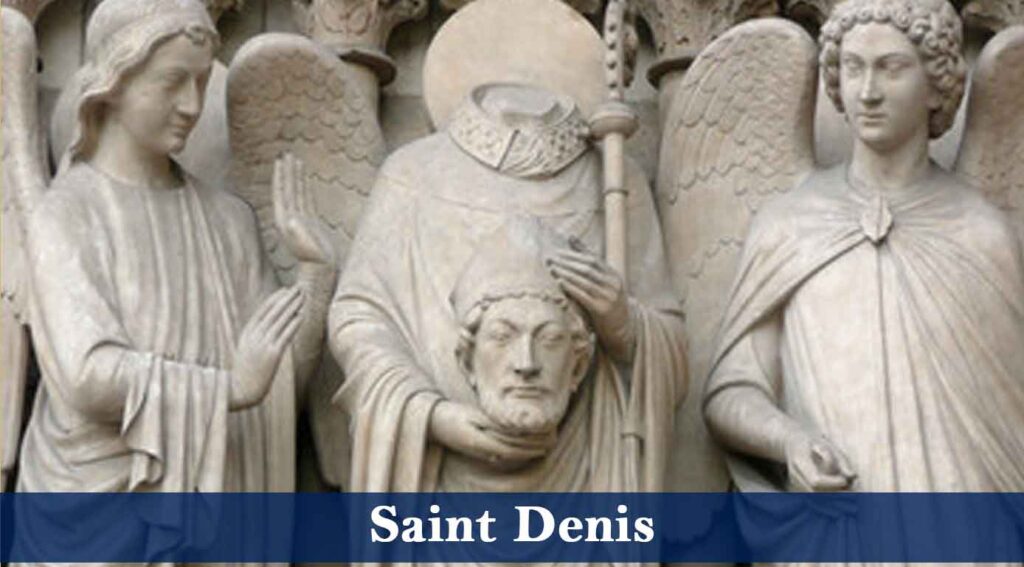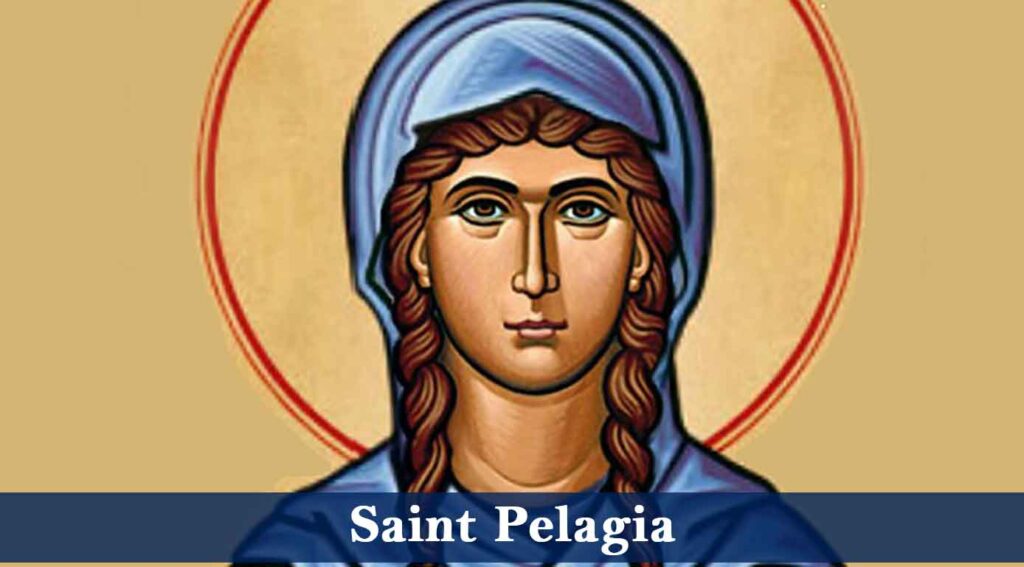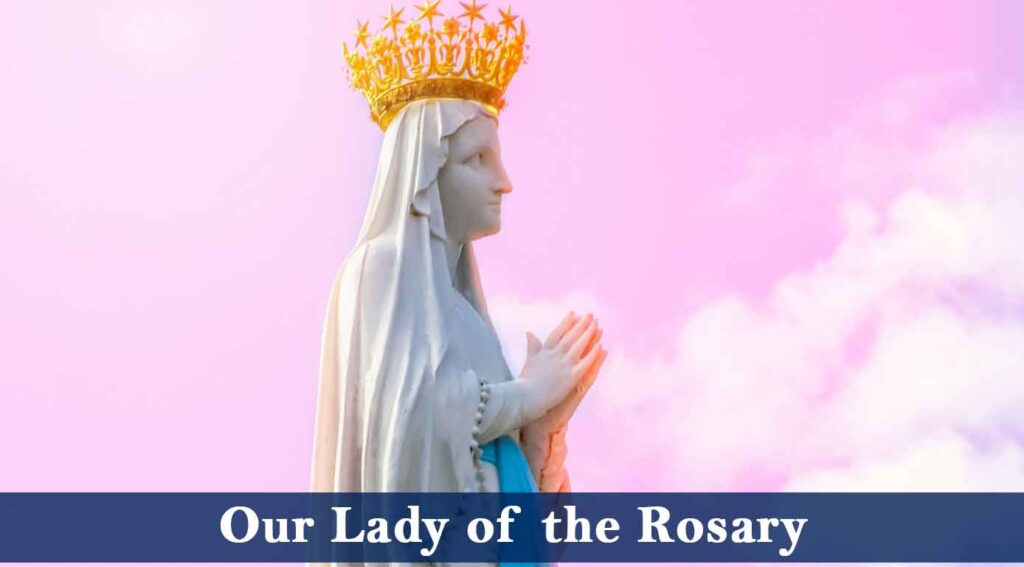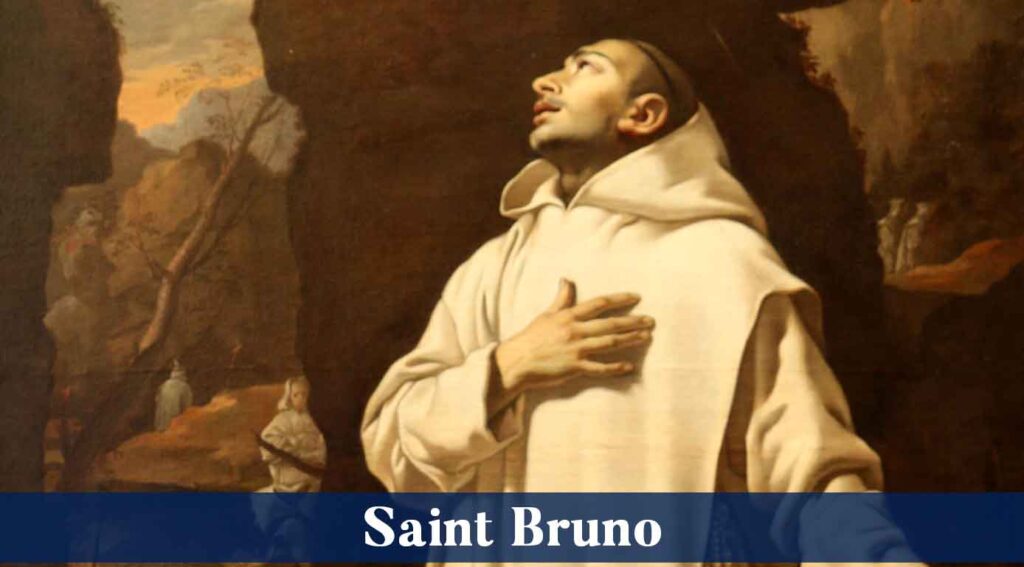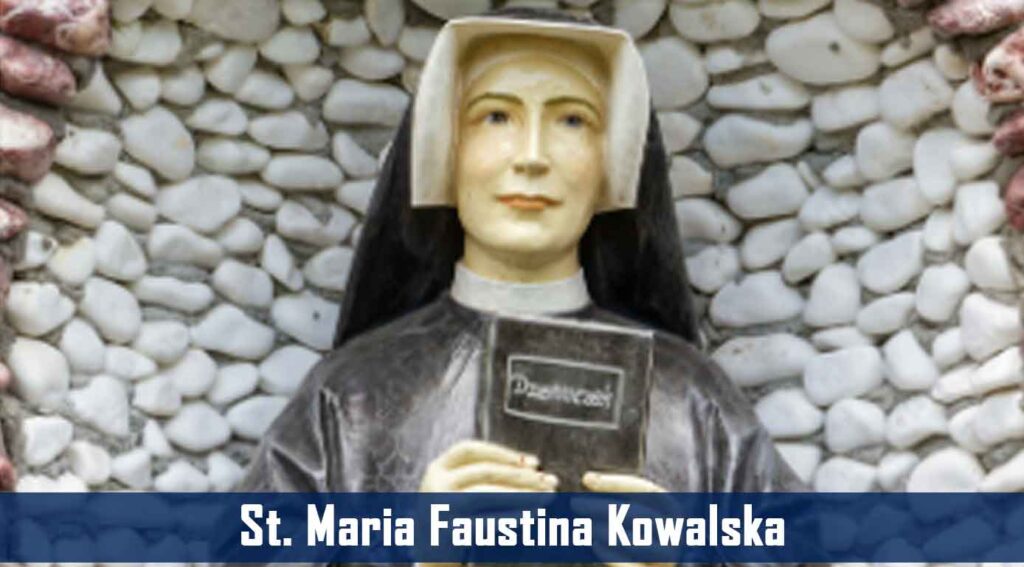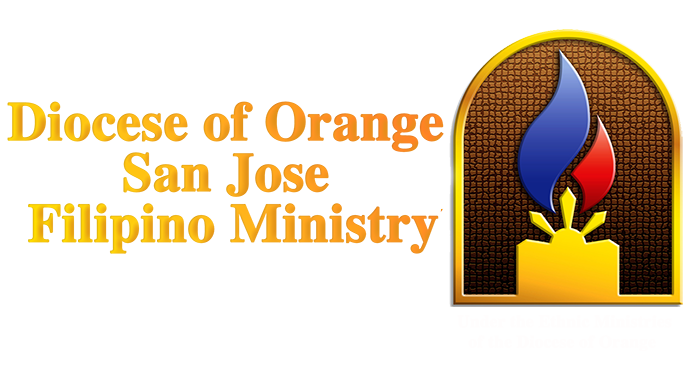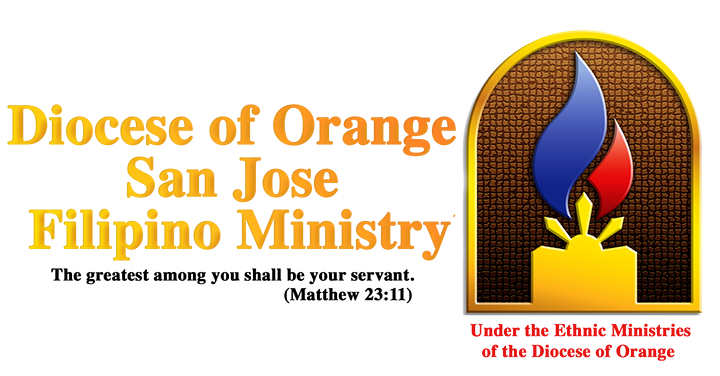

Ways to Donate
Paypal
Using Zelle
Add San Jose Filipino Ministry as a new recipient, Send your donation using"[email protected]"
Mail a Check
Payable to - San Jose Filipino Ministry
Address - 1235 S Magnolia Ave Anaheim, CA 92804-5115
Quick Links
Contact us
Location:
1235 S.Magnolia Ave. Anaheim, CA 92804-5115
Contact #
Email:
Quick Links
Contact us
Location:
1235 S.Magnolia Ave. Anaheim, CA 92804-5115
Contact #
Email:
Ways to Donate
Using Zelle
Add San Jose Filipino Ministry as a new recipient, Send your donation using"[email protected]"
Mail a Check
Payable to - San Jose Filipino Ministry
Address - 1235 S Magnolia Ave
Anaheim, CA 92804-5115
Paypal
San Jose Filipino Ministry. All rights reserved. 2021 © Powered by Phoenix Virtual Solutions
Sponsored by EverClear Hospice and Palliative Care
